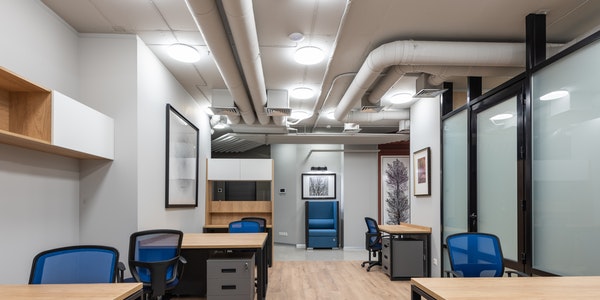Smart Home
The most popular word today is wisdom or intelligence.
Smart home is to connect various devices in the home together through the Internet of Things technology for orderly control. It sounds simple, but it is actually very complicated. Because this involves integrated wiring technology, network communication technology. Specifically, there are two points that must be emphasized:
1. Smart home is a new topic.
Very tempting. Many manufacturers are the first to take the lead. The results of it? There are few winners. Because this is an unprecedented crossover, a leap across the industrial chain. If you don’t do enough work beforehand, and you don’t make adjustments in time, you will have to flee in the end. Unless you have a sufficient amount of cash reserves, persisting for a few years will surely be beneficial. Maybe it will also reach the other side of victory, but the price is too great. According to a report issued by the International Lighting Association, the compound annual growth rate of the global smart home market in the past three years is 21.4%, and the market size will reach 600 billion U.S. dollars by 2030.
2. Smart home is a big issue.
Very affinity. If smart home is the book, then smart lighting is just one chapter. It is a relationship between global and local. Here I want to say that as a practitioner in the lighting industry, it is not easy to do well in lighting and even smart lighting. For example, for LUTRON, dimmers were made 60 years ago, and they are still being made 60 years later. 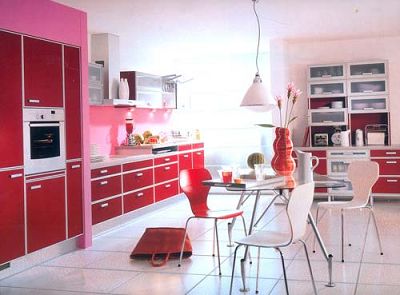
And I have come into contact with some companies, and the single article on smart lighting has not yet started. Starting from 0 to 1, I will do a big article on smart home, and plan to build a comprehensive platform with various sub-items. The spirit is really commendable, and the results can be imagined!
In comparison, it is okay to look for the overall situation, or to build a structure. Once it is done, it is best to start from itself (lighting), do it well and expand and extend it.
Smart Lighting
Intelligent lighting, that is, using various communication technologies such as the Internet of Things technology, wired or wireless, to achieve intelligent control of lighting and other equipment. As it involves our lighting industry, I want to expand a little bit:
1. Principles of Smart Lighting
Smart lighting, especially for smart homes, the most important principles are dexterity, Sensitivity, and Smart. And to create a personalized and comfortable living space.
Dexterity means being able to do it with just one click. The simple point is that by pressing the “Go Home” button, the pre-set light environment is presented, which will immediately let you bid farewell to the exhaustion of the day, and immediately feel like returning home. Press the “Leave Home” button, and one action will make you turn off all the lights in the house without any omission.
Sensitivity means quick response. Scene mode as you need: bright, meeting guests, watching movies, etc., just press it, you will come when you want. How pleasant it is.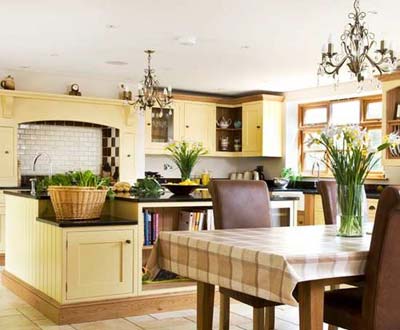
Smart is flexible application. For example: The wall switch can be fixed in a familiar place, standard size, and precise hole alignment. The design of the can only light is generally wireless, it seems to be installed on the wall, in fact, only a slight push, the switch can be removed and placed anywhere. Of course, there are mobile controllers. Ceiling lights, chandeliers, linear lights and curtains can be used arbitrarily.
2. The core of smart lighting
Smart home, although it is said that “a hundred flowers are in full bloom”, it is not a “spring garden”. Cities are becoming smarter, even light poles are renamed smart light poles, but what about smart homes? Why is there more thunder and less rain! Do white goods manufacturers sell refrigerators? Do black-and-white household appliances sell color TVs?
What about smart lighting? What is its core? No one seems to have made it through. This time, I’m going to make a statement about “Foolish Opinions”: it is full-house lighting or full-scale lighting.
Whole house lighting is what the lighting industry should concentrate on. Unfortunately, it has not attracted the attention of the entire industry. Most of the light sources are still in their old business, and most of the lamps and lanterns are still in the old business. It is difficult to move a small step forward, let alone cross-border!
Stubborn, hardened thinking is difficult to change at once. Many innovative companies turn very fast. Innovation-driven dare to be the first in the world, from all categories to smart homes, except for black and white home appliances, almost all-inclusive. Some companies have built a whole-house intelligent system platform, including lighting as a sub-system, and have blazed a new path, which has attracted much attention from the market.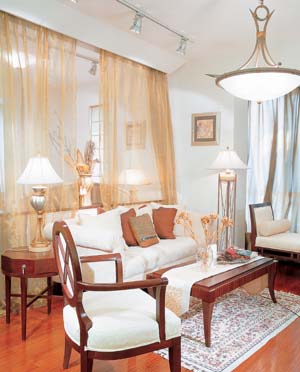
How to realize whole house lighting
The whole house lighting is actually plain: it is to make the best use of natural light and seamlessly connect and integrate with artificial light.
How can it be done? We must prepare the following: controller (switch/voice), dimmer/module, occupancy sensor, electric curtain, light. If you have the above conditions, you can control the atmosphere of the lighting and natural light configuration as you like. Regardless of just a few things, it is really not easy to be truly safe and reliable. Especially being able to be classic and even luxurious, and having “fans” is even more difficult.
The leading global lighting company advocates “Intelligent Control System Interconnection”. With the “Trinity” (smart switch, bridge, light) way, you can control the personalized and wonderful experience as you like. It is a pity that most of the international exhibitions this year have been cancelled or postponed. We did not have the opportunity to experience it in person. This is a great pity in the lighting industry this year.
For some reason, major European and American international lighting companies have not paid attention to whole-house lighting. If they can take the lead, I think the story of “Lights and Curtains” will be even more exciting. But Xiaomi, a rising star in China, has always focused on full consumption. Unfortunately, the power of role models is not enough, and it seems that they have no influence in the lighting industry.
The Trend of Smart Lighting
Trend 1. Smart wireless control
There are basically two wiring methods for smart lighting, wired or wireless. Wireless is currently more popular because of its simplicity and reliability. New buildings are suitable, and old ones are more suitable, without breaking walls and opening holes. If we use radio frequency, accurate remote control can reach up to 24 meters. If there are two partition walls, the remote control distance can be up to 18 meters. Many companies currently use “wireless lighting controllers, wireless dimmers, and human sensors.” This is a glimpse.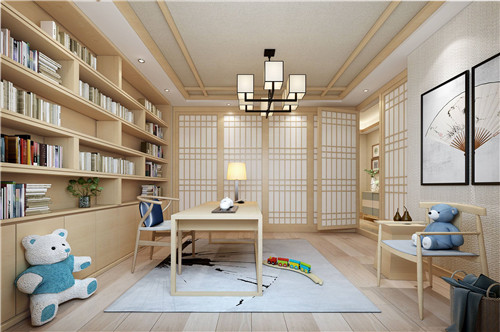
Trend 2. Intelligently controlled sterilization
Due to the unprecedented impact of COVID-19, germicidal lamps have become a popular product from a niche market. Both traditional UV lamps and modern UV-C LEDs are currently popular products. All light source factories related to sterilization are producing at full capacity, which is comparable to the current mask industry, and it is too late to grab it.
To use the germicidal lamp in the home, due to the birth of UV-C LED and the obvious improvement in performance, it is still very useful, such as door handles, shoe boxes, wardrobes, etc. in the microenvironment. Even if we use it in a large environment, we can also set the system to “light off when there are people” and so on. Now people are paying more and more attention to germicidal lamps, such as water purifiers, purifiers, air-conditioning outlets, and so on. Some scientists and entrepreneurs predict that this will be an exciting new lighting market that is worth exploring and creating.
Not long ago, an official from OSRAM announced that the UV-C LED they developed, in cooperation with international authorities, has been proven effective in killing the COVID-19 virus. This is a great encouragement to the semiconductor lighting industry. For the promotion of the third-generation semiconductor materials injection booster, I believe that more colleges and enterprises will join in, and the future of ultraviolet and even deep ultraviolet products will become more and more broad.
Trend 3. The ideal of smart lighting
There are still ideals for smart lighting? Of course, to be precise, the ideal of people in the lighting industry is to provide healthy lighting for humans. This requires a light that is people-oriented and a light that is friendly to people.
In the past, people in the industry often talked about brightness, color temperature, and CRI. Today, people are talking about full-spectrum light, pure LED light, and light that has an effect on melatonin.
Healthy lighting is the light of the end of human lighting. There is no doubt that this is the light of ideals. Through this COVID-19 epidemic, people seem to realize more clearly: Although money is important, love is more expensive. If it is for life, both can be thrown away. What does human life depend on? Rely on strong immunity! Lack of immunity or weak immunity, how to fight the virus? It is also an arduous and long-term task to develop a lighting weapon that can enhance immunity. Perhaps this is the responsibility of the lighting people, and this is also a vast world and an endless blue ocean!
Trend 4. The addition of smart lighting
After all, smart lighting plays an indispensable role in smart homes, and its central position seems unshakable. Even so, consumers can also use it as a lighting controller. In addition to arbitrarily adjusting the lighting, we can also connect it to the air conditioner in the house. This can bring about energy-saving effects. If we connect it to the film and television system in the living room, it can also adjust the atmosphere and make the family talk colorful. Smart lighting applications cover every corner of our daily lives. Nothing can’t be done, only you can’t think of it.

